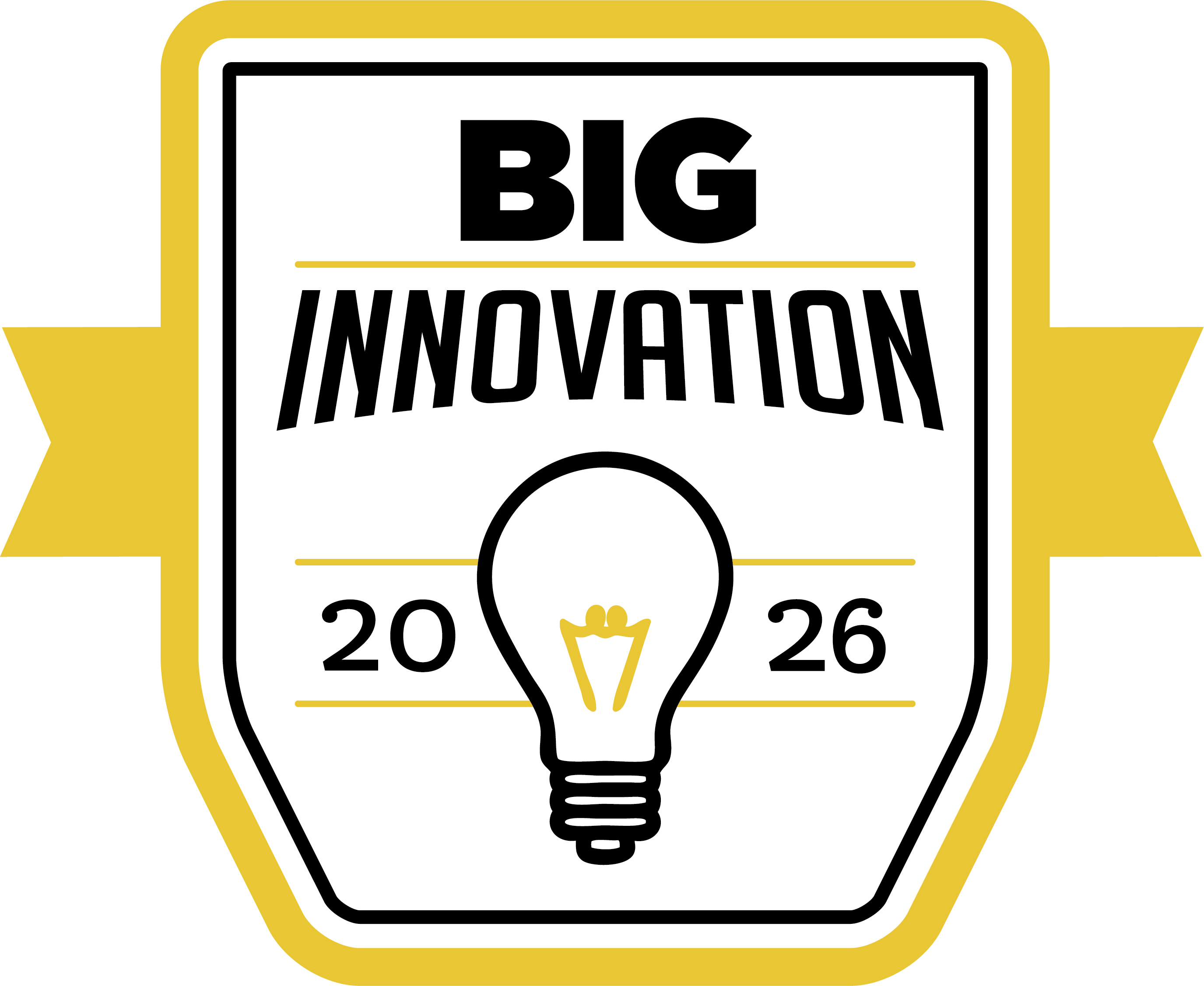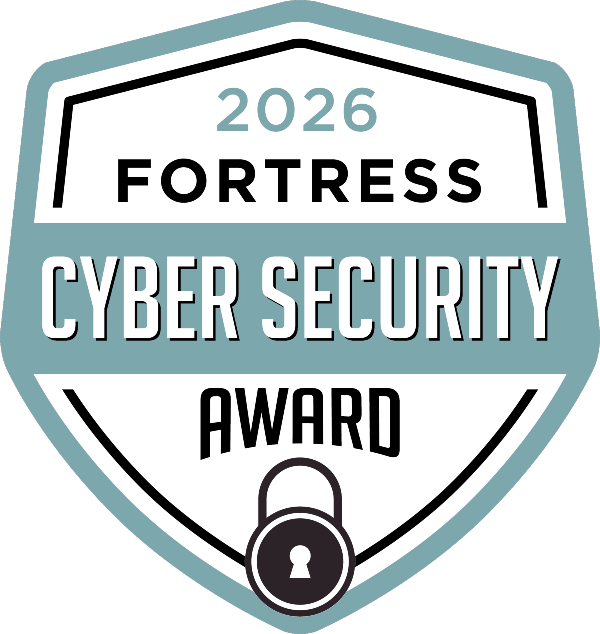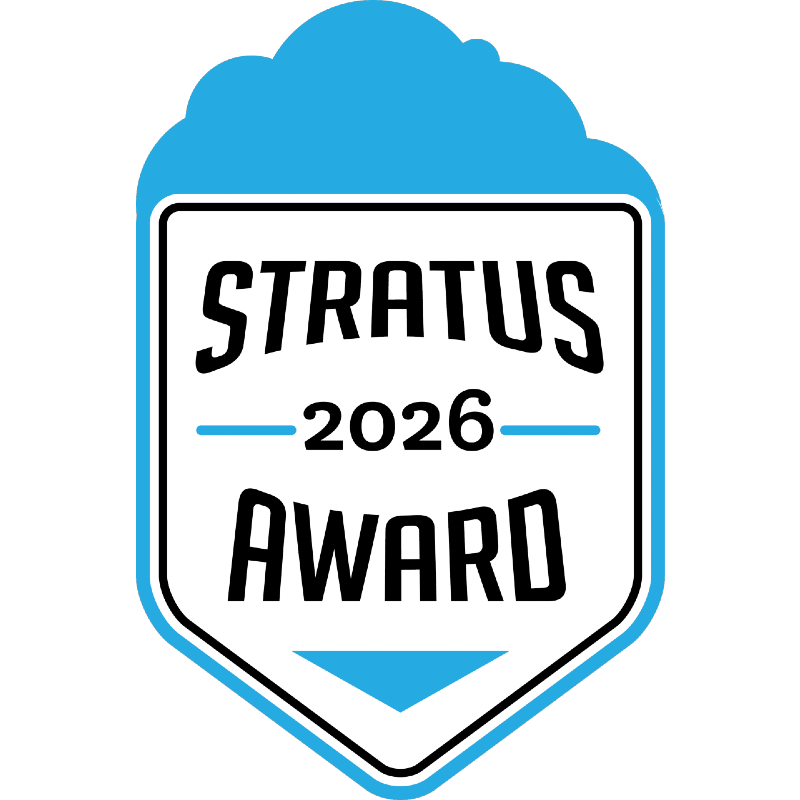


From mainframes to modern analytics
Narendran (Naren) Santhanam, Director of Analytics at Counterpart Health and an All-Star Judge with Winners’ Circle, has nearly 20 years of experience in healthcare. He began as a mainframe software engineer before becoming a technology and business consultant for large U.S. healthcare payers.
Today, he focuses on risk adjustment, cost and quality analytics, and population health metrics. He has helped healthcare organizations move from legacy systems to cloud platforms while building the data pipelines that power decision-making.
Explainable AI as the foundation of trust
Naren is an advocate for explainable AI, which is especially crucial in healthcare where the stakes are high.
“When you say an AI predicts a patient has a specific condition, why would a clinician trust that if they know better?” he said. “Explainable AI means showing the percentage probability of a condition and the reasons behind it, like similar patient profiles or lab evidence.”
He explained that without transparency, clinicians will simply not adopt AI-driven tools.
AI, ML, and healthcare innovation
Naren clarified that while AI and machine learning are often used interchangeably, the distinction lies mostly in the techniques.
“Machine learning started with statistical prediction techniques. Then we evolved to neural networks, and the term AI came on the scene,” he said. “Ultimately, they are both about making predictions from data. What matters is using the right technique with the right data.”
He sees the greatest opportunity in combining explainable AI with robust data integration, connecting siloed data from payers, providers, and labs to form a complete view of the patient.
Balancing innovation and compliance
Naren stressed that compliance must come before innovation.
“If you are not compliant, you would not go anywhere,” he said. “Even if you have the best use case in mind, make sure you figure out the compliance part first. Once that is done, you can go wild in that protected ecosystem.”
He cited business associate agreements (BAAs) as critical safeguards and pointed out that many promising projects have failed by overlooking regulatory requirements.
What makes a nomination stand out
As a judge, Naren looks for proof of real-world impact.
“Beyond being unique, what makes a nomination stand out is quantifiable outcomes and measures that demonstrate impact,” he said. “If it is just a proposed solution on paper without measurable outcomes, that does not sit well with me.”
He wants to see evidence that a product or service is driving real change.









